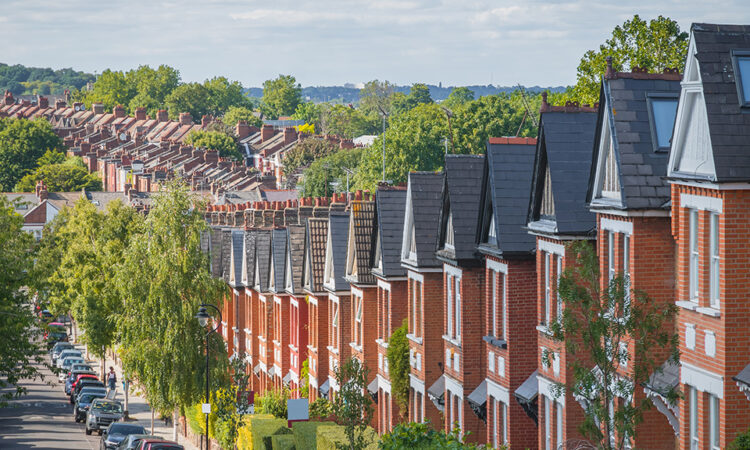
Post-COVID, higher interest rates set by European central banks raised borrowing costs, driving up mortgage rates and increasing the cost of funding for both businesses and individuals. This has also had a prominent negative effect on existing homeowners with variable-rate mortgages, fixed-rate mortgages due for refinancing, and on new homebuyers whose purchasing power has decreased dramatically.
As a result, real estate markets in the U.K. and EU started showing signs of weakness at the beginning of this year. The prices of British homes went down at the quickest rate in 14 years. According to data from Nationwide, U.K. house prices fell 5.3 per cent from January to August. Data from Rightmove indicates that, in August, house prices sank 1.9 per cent.
Similarly, the value of residences in Germany has decreased by 6.4 per cent since June 2022, with a 0.9 per cent drop in Berlin and a 5.5 per cent drop in Munich. The head of ZDB (Central Association of the German Construction Industry), Felix Pakleppa, anticipates real estate prices in Germany will remain low in the near future.
House prices in France are also in the midst of a slowdown. Paris is experiencing its lowest house prices in four years. The French capital’s 4.1 per cent price decline from June 2022 to June 2023 was the largest year-over-year correction in the last decade.
The downward trend in real estate prices in the U.K. and Europe is likely to continue. Economists regarding the peak-to-trough decline of around 10 per cent for house prices in the U.K. If the U.K. government implements a “higher for longer” monetary policy, pressure on interest rates and mortgages is likely to persist long term.
The Bank of France predicts domestic house prices will stabilize once the mortgage market bounces back. French mortgage lending has declined by around 50 per cent in the last two years. The current “taux d’usure” (the maximum mortgage rate) of around 5.5 per cent has caused a decrease in the approval of new loan applications. Also, French property taxes have jumped significantly, dissuading potential homebuyers.
The ratio of average home prices to median annual earnings in England reached 8.4 times in March 2022. Overall, the house-price-to-earnings ratios in the United Kingdom, France and Germany have jumped in the last decade, indicating a significant decrease in the affordability of housing properties.
In 2013, the U.K. had a ratio of 6.7 times, France was at 8.4 times, and Germany, 4.8 times. Ten years later, those ratios have reached 8.4, 10.8, and 10.2 for the U.K., France and Germany respectively. During that period, Germany saw the most drastic decrease in housing affordability.
While British, French, and German house prices are decreasing, rental costs in those countries are going up. The rental rate in London has grown by 13 per cent since 2022 and is currently sitting at an average of £2,100 (US$2,600) per month. A key factor supporting the increase in the English capital’s rental prices is the three-decade high office vacancy rate, as more employees have been choosing to work remotely.
Rent in the U.K. overall is forecast to increase eight per cent by the end of 2023. In addition, it is expected to go up another 17 per cent by 2027, in response to landlords dealing with more costly mortgages. Plus, there’s an estimated undersupply of four million dwellings.
Like in Britain, Germany is seeing higher rental rates, especially in large cities. In Munich, tenants paid 16 per cent more in June 2023 than in June 2022. In Berlin, the increase was 14 per cent.
French renters have seen a 5.5 per cent price increase in the last four years and fewer rentable living spaces available, as supply has decreased by 17 per cent, while demand has jumped by 15 per cent.






